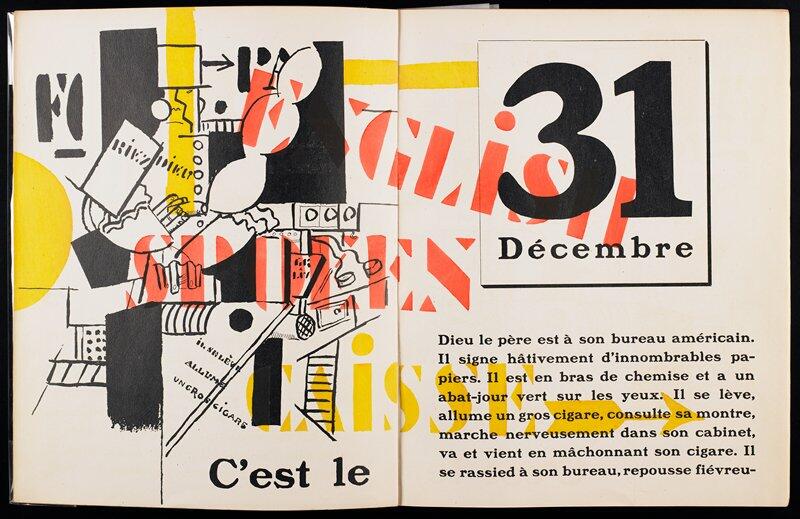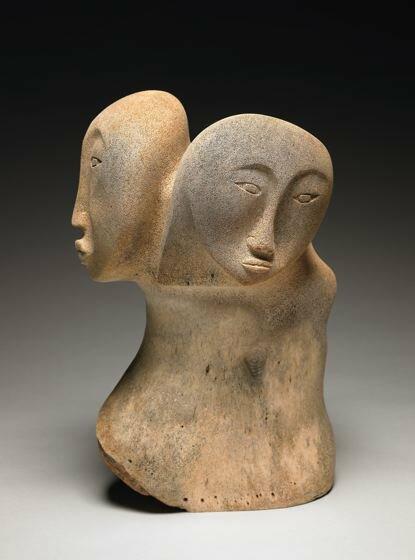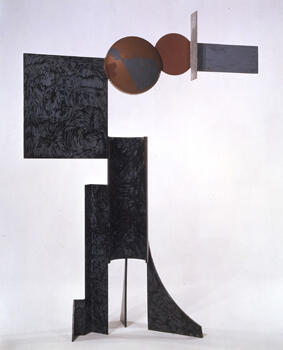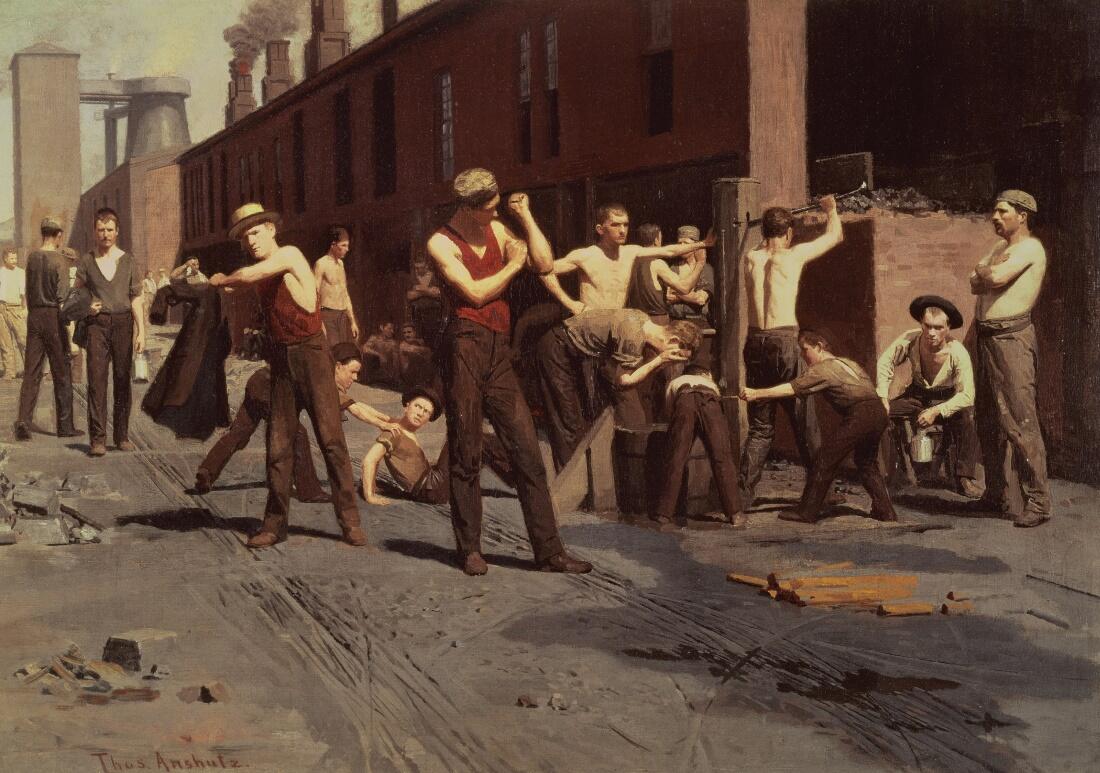Introduction
For many years, museums as a form of cultural enlightenment and simple entertainment have been regarded as a remnant of the past when people did not have access to the World Web. Only a few cultural phenomena such as the Louvre or the Hermitage were still treated with the appropriate level of respect. However, with the rapid development of modern culture with its infinite references to antiquity, renaissance, and various other cultural epochs, people reconsidered their attitudes towards museums. Hence, the 21st century has become a kind of revitalization for the museum culture.
Although the most widespread connotation that comes to humans’ minds when they hear the word “museum” is Europe, other continents are now also major constituents of cultural diffusion all over the world. America and the US, in particular, have become one of the most influential investors in the world culture due to the rapid development of contemporary art and youth impact. California, with cultural centers in Los Angeles and San Francisco, has become the point of interest for many people over the last decades.
However, while Los Angeles is more related to modern art, the Fine Arts Museums of San Francisco remain dedicated to the artistic representations of the previous centuries. The Fine Arts Museums consist of the de Young museum and the Legion of Honour Museum, where the latter is focused on European art, and the first one deals with American and African artworks. The following virtual guide will concern exhibits from the de Young museum in San Francisco, founded in 1895 in Golden Gate Park.
Grant Wood’s “Dinner for Threshers”
One of the most outstanding exhibits now available in the de Young museum is a painting of Grant Wood called “Dinner for Threshers.” Although the author is widely recognized due to his “American Gothic,” other artist’s works are, by all means, worth much greater recognition (“Grant Wood Artworks,” 2020). “Dinner for Threshers” dates from 1934, serving as the author’s early childhood reflections (See Figure 1). On the triptych-like painting, the central part depicts the festive dinner farmers usually have at the end of the harvest season. The other two parts reflect the dinner preparation of both farmers ready to join the feast and women working in the kitchen.

The medium used for the painting was oil, which Wood put on hardboard. As the artist was an outstanding representative of the American Regionalism movement, the painting was created according to the aforementioned style. While creating the painting, the author was inspired by the Northern Renaissance movement. “Dinner for Threshers,” along with other artworks, was quite important in terms of American cultural influence as it brought the authentic American style to a completely new level of worldwide recognition.
The original author’s idea behind the painting was to turn it into a full-scale mural. Although this commission was never brought to life, “Dinner for Threshers” remains one of the most remarkable artworks in the context of America’s national artistic heritage.
Fernand Léger’s 10th Illustration to the Book “La Fin du monde”
The de Young museum’s repository is almost impossible to imagine without its authentic dimension of works on paper, varying from graphic illustrations to artist books. Currently, the museum is considered to be the biggest repository of works on paper in the western United States. The Achenbach Foundation for Graphic Arts, named after Moore and Hazel Achenbach, is the department responsible for all the works officially owned by the museum.
One of the most remarkable exhibits concerning works on paper is the series of illustrations created by Fernand Léger for the Blaise Cendrars’ book called “La Fin du monde” (See Figure 2). The original commission of the text was to become a full-scale screenplay, but when the idea failed to fulfill in 1919, Léger proposed to supplement the printed novel with illustrations. Thus, the illustrations were commissioned to enhance the novel’s imageries. As the beginning of the 20th century served as an apogee of modernistic culture, the drawings were created in the Cubism style (”La Fin du monde, filmée par L’Ange N.-D. (The End of the World, Filmed by the Angel of Notre Dame),” 2020).
The original medium Léger used for the illustrations was a gouache of mostly red, yellow, and black colors. The major significance behind graphic art is nowadays underestimated as it is compared to the works on canvas. Thus, Fernand Léger’s works, along with other graphic masterpieces held in the museum’s repository, can help reconsider the talent and dedication behind those illustrations.

Susie Silook’s “Family”
Another significant part of the museum heritage is dedicated to the exhibits on the topic of the indigenous cultures, where the ancient artworks are successfully synchronized with the modern works related to the culture. For instance, the sculptures of contemporary North American creator Susie Silook are shown in the collection of Eskimo art, where half of the exhibits are traced back to the 3rd century BC (“Family – Susie Silook,” 2020).
The author nowadays lives in Alaska, where she puts a lot of effort into discovering the patterns of behavior of the native Alaskan citizens. Consequently, Silook turns her observations and worries into sculptures. One of the most significant works available for the visitors is her artwork called “Family,” which was created in 2004 (See Figure 3). The sculpture is commissioned to depict the traditional marital patterns in Alaska region. The medium Silook used for the sculpture was carved whalebone, which she uses for most of her artworks.

Susie Siloook’s artworks have a tremendous impact in terms of American multiculturalism. With the help of her sculptures of peculiar form and medium, she tries to speak to the world in the language of indigenous Alaskan people. She shows how they do not want to destroy their traditions in order to fit some socially accepted norms. Hence, “Family” has become an integral part of Alaskan traditional heritage, which is craving for its identity recognition.
David Smith’s “Zig V”
Sculptures introduced in the de Young museum amaze visitors due to their diversity. If the previous exhibit was predominantly connected with the cultural identification purpose, the works of David Smith are, by all means, significant in terms of modern art development. David Smith, one of the most outstanding American sculptors, conquered the art world by innovative approaches to sculpture as a concept. Having worked at locomotive and automobile factories, Smith meticulously examined the ways to work with steel.
Later, he applied the knowledge to create a series of steel sculptures supplemented by automotive paint. One of the most famous series representatives is a sculpture called “Zig V’ created in 1961 (See Figure 4). The major modernistic feature the sculpture obtained was the medium shift, as it was no longer made of bronze, which was a widely accepted material for the artworks.

The style associated with David Smith and his works is mostly Abstract Expressionism with its emphasis on subconscious impulses and desire to break free from the nightmares of war. Smith’s sculptures were mainly seen as a three-dimensional interpretation of Abstract Expressionism paintings (“Frame|work: Zig V by David Smith,” 2020). Hence, “Zig V” created by David Smith, is a considerable contribution to the development of European art patterns in the American culture.
Thomas Pollock Anshutz’ “The Ironworkers’ Noontime”
Other remarkable artworks in the de Young museum concern realistic representation of the major milestones in American history. “The Ironworkers’ Noontime,” painted in 1880, serves as a certain manifest to the American industrial revolution, which took place in the 19th century (See Figure 5). This oil on canvas painting had a significant impact on American tradition development, as previous Realists were mostly focused on the daily lives of farmers who constituted the vast majority of the population. “The Ironworkers’ Noontime” as a representation of Realism, on the contrary, is dedicated to the workers of manufactures, who pioneered the genesis of the industrial revolution (Thomas Pollock Ansutz, “The Ironworkers’ Noontime,” 2018).
The painting was initially commissioned to show that the struggle of factory labor was already real and that manufacturing was not fiction but a future of the population. Hence, in the 19th century, it became an important milestone on the way towards the social system shift.

Conclusion
While examining the repository of the de Young museum in San Francisco, it is evident that five works from the exhibit load are only the tip of the iceberg hiding in the museum premises. The de Young museum exists for more than a century, and the number of artworks available for the curios visitor is still steadily rising. Although some of the exhibitions are held for a relatively short time, artworks in de Young’s permanent collection described in the guide are definitely worth seeing. Thus, even people who do not consider themselves art lovers, or do not like museums in general, should visit at least one part of the Fine Arts Museums of San Francisco. They are not only about art, but they also concern the world and American, in particular, cultural heritage in the first place.
References
Family – Susie Silook. (2020). Web.
Family – Susie Silook. (2020). Web.
Frame|work: Zig V by David Smith. (2020). Web.
Frame|work: Zig V by David Smith. (2020). Web.
Grant Wood Artworks. (2020). Web.
Grant Wood Artworks. (2020). Web.
La Fin du monde, filmée par L’Ange N.-D. (The End of the World, Filmed by the Angel of Notre Dame) [Image]. (2020). Web.
La Fin du monde, filmée par L’Ange N.-D. (The End of the World, Filmed by the Angel of Notre Dame). (2020). Web.
Thomas Pollock Anshutz, “The Ironworkers’ Noontime,” 1880 [Image]. (2018). Web.
Thomas Pollock Anshutz, “The Ironworkers’ Noontime,” 1880. (2018). Web.